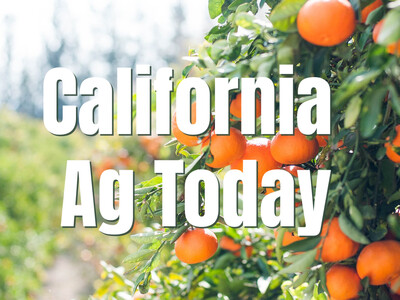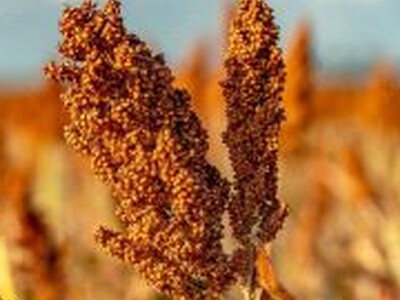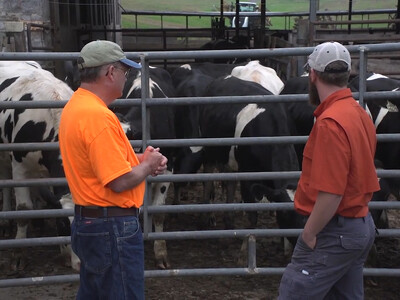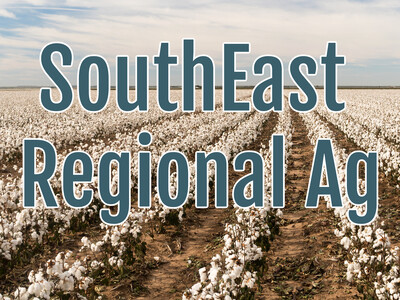USDA Commodity Loans
U.S. Department of Agriculture (USDA) Idaho Farm Service Agency (FSA) Executive Director, Mark Samson reminds producers that USDA offers interim financing at harvest time to help producers meet cash flow needs without having to sell commodities when market prices are at harvest-time lows. The programs, known as Marketing Assistance Loans (MALs) and Loan Deficiency Payments (LDPs), were authorized by the 2014 Farm Bill for the 2014-2018 crop years.
"These are among the many tools offered by the Farm Service Agency to help farmers navigate price and market conditions. They can also provide for a more orderly marketing of Idaho commodities. As we approach the harvest season I encourage producers to consider these programs as a helpful option," said Samson.
A producer who is eligible to obtain a marketing loan, but agrees to forgo the loan, may obtain a loan deficiency payment if such a payment is available. In Idaho these programs provide financing and marketing assistance for wheat, feed grains, soybeans and other oilseeds, pulse crops such as lentils and chick peas, wool and honey. For eligibility, producers must control the commodity or a title to the commodity until the loan is repaid.
FSA is now accepting applications for all eligible commodities. For expedited service, interested producers are encouraged to schedule an appointment. Other program restrictions may apply, including limits on total payments or gross income thresholds. Consult your local FSA office for further details. For more information, visit www.fsa.usda.gov/pricesupport. To find your local USDA Service Center, go to http://offices.usda.gov.
MALs and LDPs were reauthorized by the 2014 Farm Bill, which builds on historic economic gains in rural America over the past six years, while achieving meaningful reform and billions of dollars in savings for the taxpayer. Since enactment, USDA has made significant progress to implement each provision of this critical legislation, including providing disaster relief to farmers and ranchers; strengthening risk management tools; expanding access to rural credit; funding critical research; establishing innovative public-private conservation partnerships; developing new markets for rural-made products; and investing in infrastructure, housing and community facilities to help improve quality of life in rural America. For more information, visit www.usda.gov/farmbill.














